Expedition to the ancestors. The Nile flood is not a simple phenomenon
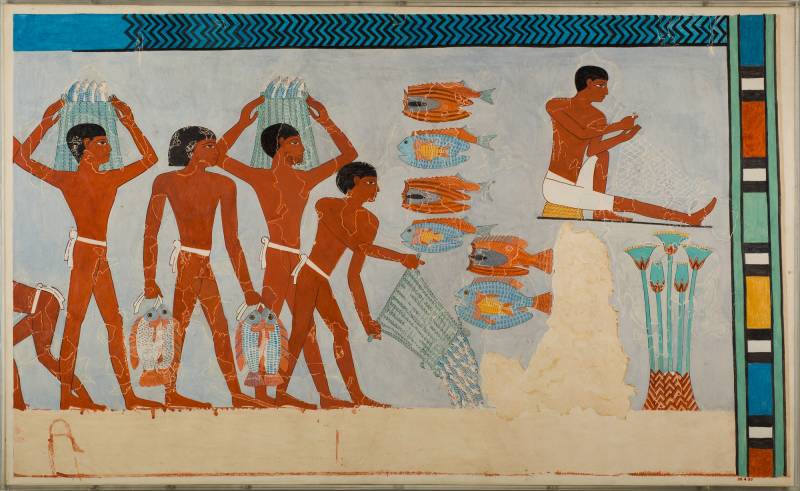
A modern copy of the painting in the tomb. Scene of preparing fish for smoking and making nets. New Kingdom, XVIII Dynasty. Joint reign of Hatshepsut and Thutmose III. OK. 1479–1458 BC e. Upper Egypt, Thebes, tomb of Amenhotep. Metropolitan Museum of Art, New York
Glory to the Nile, life giver!
Hiding its source in darkness,
You replace the darkness with light,
You irrigate the gardens and fields!
You order - But keep vigil over the grains,
You tell yourself to watch over the bread,
You order Fta to take care of his craft.
Pisces creator! You keep them from birds.
Niv is a guardian! you have been creating for centuries.
Valery Bryusov "Hymn to the Nile". 1918
Migrants and migrations. It happens, and very often, that people consider only a very insignificant and superficial amount of information to be knowledge. And in principle this is correct! Why does a detective need to know that the earth is a sphere? It is enough for him that she exists and may bear traces of crimes. A baker is unlikely to need knowledge of the basics of Badari culture in his work, and who Sebek is is not at all necessary for a guard on duty to know.
But... interesting! Interesting for those who are deeply involved in this, and for those who are “just interested.” This also happens, and quite often. Therefore, we should imagine knowledge in the form of... a nesting doll. It’s one thing on the outside, but when you open it, you dig into the depths, and there are facts... well, there’s just a lot.
For example, recently in our series “Expedition to the Ancestors / Migrants and Migrations” we looked at the agricultural cultures of Egypt from the era “before the pharaohs”: what, when and where it came from, and most importantly - what role did both the Nile and its spills. And from the textbook stories In the ancient world for 5th grade, everyone seems to know that this river regularly floods (and in ancient times it also regularly flooded) and brings millions of tons of fertile silt. Therefore, the ancient Egyptians were not threatened with soil depletion. But we will try to tell you in as much detail as possible how this all happened outside the meager lines of a school textbook and what problems it gives rise to today.
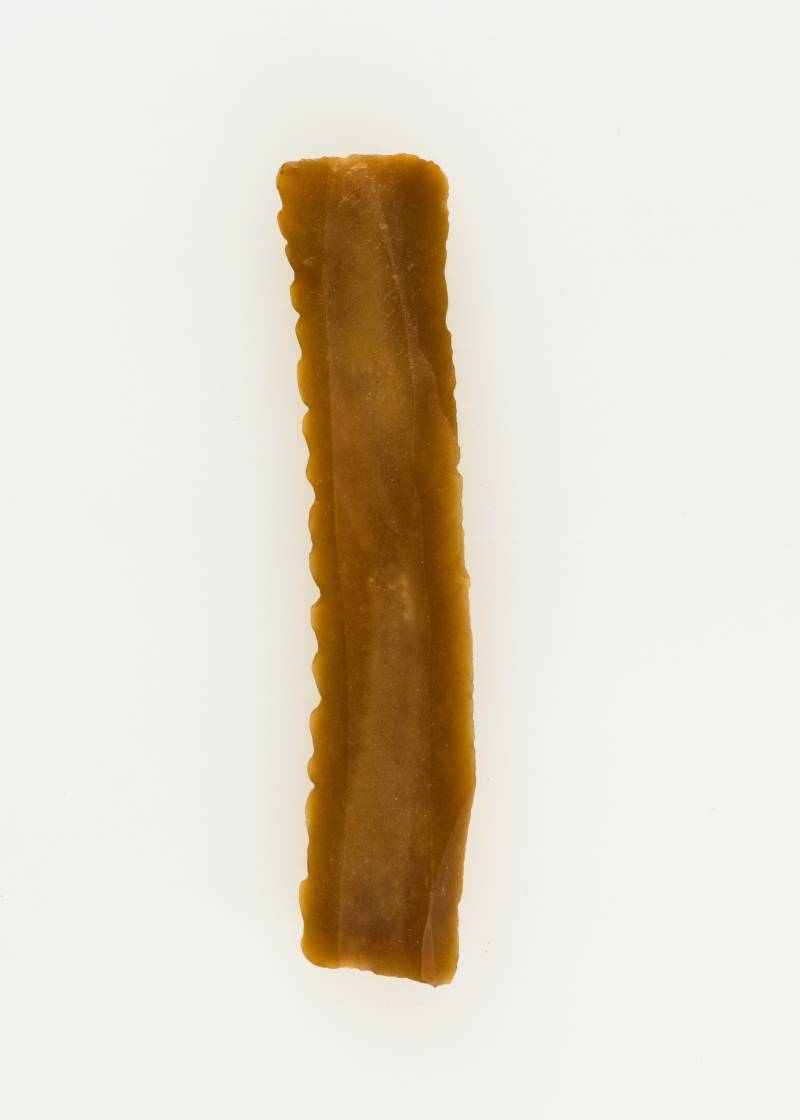
This small piece of flint was a key element to a successful agricultural season in ancient Egypt. Grain was a staple of the economy, as bread and beer made from grain were consumed daily. They also formed the basis of eternal existence as funeral offerings. The ancient Egyptians used sickles made from flint and wood. Pieces of flint like this were shaped to fit into a wooden handle, along with a number of other similar inserts, and secured with glue. With use, the flint wore down and acquired a characteristic shine. If necessary, the flint inserts could be sharpened or replaced. Flint, rather than copper alloy, was the main material used to make sickles in Egypt until the first millennium BC. The reason for using flint included considerations such as its abundance, ease of manufacture compared to cast metal tools, the sharpness of flint tools, and the relationship between the people who made flint tools and the people who used them. Metropolitan Museum of Art, New York
The ancients about the floods of the Nile...
So, the Nile floods.
For the Egyptians, this was a real miracle and, it is clear that, not knowing its reasons, they tried to at least somehow explain it. However, they were not the only ones surprised.
– wrote Diodorus Siculus.
Only in the last century, when the Nile, the second largest river on the globe, was surveyed along its entire length, the reasons for the annual summer floods, which always occur with amazing accuracy, at the same time, became clear. To the ancients, all this seemed like a miracle. In the writings of the ancients, interesting attempts have been preserved to explain the floods of the Nile, into which, by the way, not a single tributary flows within Egypt.
So it is not at all surprising that they gave the most fantastic explanations for this phenomenon.
Thus, some argued that the winds blowing from the north forced the waters of the Nile to flow back and prevented them from pouring into the sea.
According to other opinions, the summer flood of the Nile is nothing more than the “movement of the ocean” that surrounds the earth and from which this river emerges.
Still others explained the flood by melting snow in the upper Nile valley, that is, in fact, they came very close to the truth. But it is precisely this explanation that is usually rejected.
Herodotus also rebelled against him:
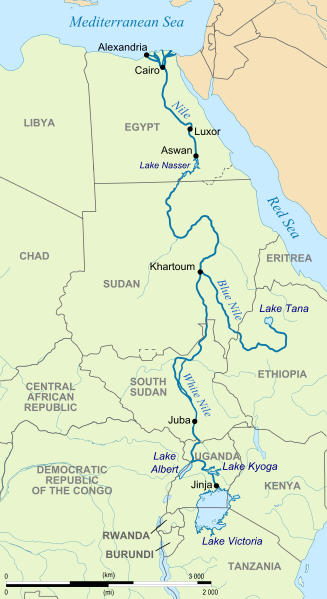
Nile River Map
Neil White and Neil Blue
Well, today we just need to look at the map to understand the reasons for this phenomenon.
Let's start with the fact that five thousand kilometers from Egypt in the very center of Africa lies the network of the African Great Lakes. Among them are Lake Victoria, the second largest freshwater lake in the world, and Lake Tanganyika, the second largest in the world in terms of volume and depth. This is where the White Nile flows, and it is an area that receives tropical rain for many months.
In mountainous Abyssinia there is Lake Tana, into which many rivers and streams flow, fed by melting snow in the Abyssinian Mountains. The Blue Nile flows from here, and these two rivers unite into one Nile in the Khartoum region, two thousand kilometers from the first Nile rapids, where Egypt proper began.
It is clear that the Egyptians did not know any of this and thought that the Nile flowed from two caves somewhere in the area of the first rapids. There, in one of these caves, the god Hapi sits and pours water from one jug. When it begins to pour from the two, the Nile overflows!
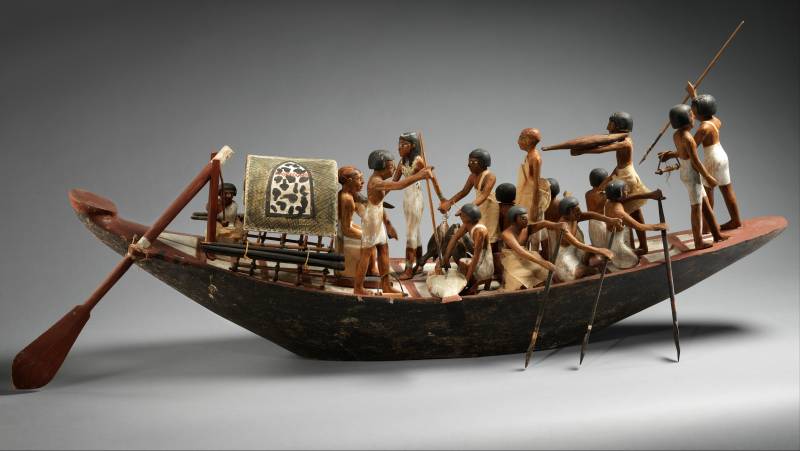
The Nile was a wonderful transport artery for the Egyptians, connecting the entire country into a single whole! Model of a Nile boat with crew. Middle Kingdom. XII Dynasty. Upper Egypt, Thebes, tomb of Meketre. Boat with rudder and oars: length 121,7 cm. Height 34,3 cm. Width 30,6 cm. Metropolitan Museum of Art, New York
When the rainy season began in the Great Lakes region, huge amounts of plant debris fell into the White Nile. The water took on a green-brown color. The spill began somewhere in early June, and it was a general joy, but also a general sadness.
The fact is that Egypt was faced with a very serious problem of shortage... of drinking water! After all, it was impossible to drink this green slurry from the river! But not only people, but also animals needed to drink water. The problem was solved with the help of... wells in which the water was purified through filtration. However, there was a shortage of good drinking water in Egypt.
Interestingly, there is still a shortage of it now, so that almost 50 people in this country still die from diarrhea almost every year!
By the river... without water!
Then it began to rain in Ethiopia, and the water level in the Nile rose even more - it was added by the Blue Nile, which at that time became blood red due to ferruginous mud, torn off from the rocks by water.
But this red water, oddly enough, was drinkable, and it was even specially collected and stored. And the whole point is that in the rocks washed into the river there was a lot of... silver, which is why this “dirty water” could be drunk.
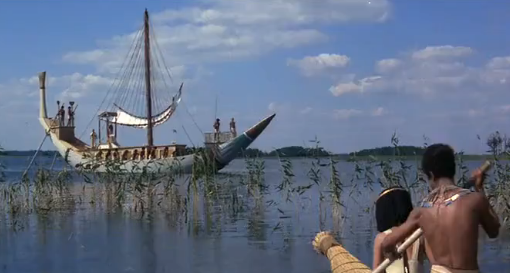
And this is how the ancient Egyptian Nile ship was shown in the movie “Pharaoh” (1965)
By mid-July, the fields around the Nile were filled with water, and all work on them stopped. Moreover, the entire Nile Valley was already in ancient times divided into squares, like a chessboard. These were fields-pools, tripled so that they were filled with Nile water. The fields were separated from each other by channels and “sides”, which were made of reeds and reeds, and then covered with stones and coated with silt. Naturally, they had to be renewed every year. Water had to enter these fields through canals and also leave them freely, so that the deposition of silt would proceed continuously.
If the field was “high”, that is, it was located high, and the water did not reach it, human ingenuity came to the aid of nature, and a shaduf was used to raise the water - a device similar to our well crane. A long lever with a counterweight and a leather bucket were all that was needed for watering. In an hour, it could be used to lift 1–200 liters of water to a higher area, although this work was by no means easy.

Sacrifice in the garden, tomb of Minnakht. OK. 1479–1425 BC e. Fragment of a wall painting from the tomb of Minnakht in western Thebes. The scene depicts a garden surrounding a building, in front of which is a large swimming pool. In the lowest register, two men stand in front of small donation tables. Each man pours a libation with one hand and holds a brazier with smoking incense in the other. Metropolitan Museum of Art, New York
"High Water Vacation"
All of Egypt was flooded with water in about two weeks. The rise of water, which began in June, stopped only at the end of September, but its high level remained in October and in the first half of November. In the area of the rapids the water rises by 13–14 m, and in the Cairo area by 7–8 meters.
For four months the Nile completely owned all of Egypt, but when it entered its banks, the entire land was deeply saturated with water, covered with rich red-green silt, and was ready for plowing and sowing. It was estimated that during the flood period, more than 20 kilograms of silt were deposited on each hectare of fields.
And the northern Mediterranean winds, which prevailed here for three hundred days a year, also came to the aid of Egyptian farmers. It was the northern sea wind that determined the nature of the local climate - very healthy, moderately humid, devoid of sweltering heat.
Only in spring does the hot southwest wind khamsin come to Egypt, blowing for about fifty days. It covers all plants, homes, clothes with a thin layer of dust, but cannot destroy the benefits of floods and the north wind, just as it is unable to overcome and cover the Nile Valley - the country of Greater Hapi - with sand. And although at this time Egypt has the lowest prices for hotel accommodation, it is better not to poke your nose here at this time!
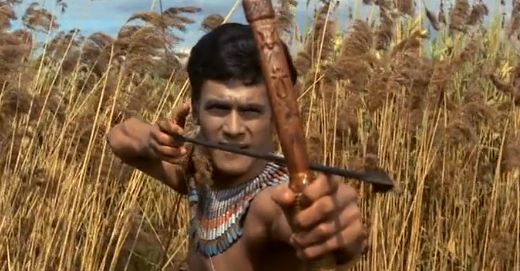
The reed thickets along the banks of the Nile offered excellent hunting! Still from the film “Pharaoh” (1965)
It was this specificity of natural-geographical conditions that most seriously influenced the worldview of the ancient Egyptians and their entire lives, which were subject to the strict regulations of their incredible climate. As already noted here, in July and until mid-November, due to the flood, all work in the fields stopped, and the population of Egypt was called up for government work - to build pyramids, temples, to work in mines and quarries.
From mid-November to mid-March, peasants were engaged in sowing and caring for crops. The fields were plowed with a wooden plow or, at best, a plow with a bronze share, after which the seeds were scattered by hand, and cattle were driven onto the field to trample them into the ground! The harvest was collected in March-April. Moreover, officials kept strict records of the grain grown and calculated taxes for each peasant accordingly.
Immediately after the harvest, they repaired canals and strengthened dams and dikes between fields, that is, they prepared for the next flood. These works formed part of the obligatory labor service for the rural population.
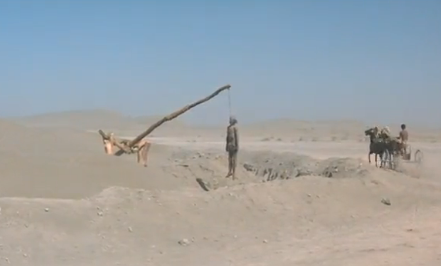
Maintenance of canals and fields was a matter of national importance. So the scene from Boleslav Prus’s novel “Pharaoh” with a peasant who hanged himself because of a canal that was filled up in one place, although possible in principle, is very “romantic”, let’s say so. And he hanged himself on such a “wood-intensive” and complex structure that, again, it looks dramatic, but absurd. Still from the movie “Pharaoh” (1965)
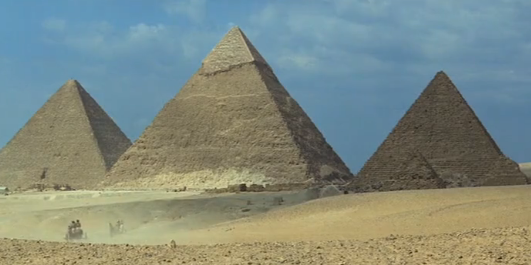
At least it’s good that many scenes in this film were filmed in Egypt, that is, a film expedition was organized there!
A very good diet...
Thanks to the fertile soil, the Egyptians already in ancient times grew a lot of cereals, so their diet was very good. Wheat and barley were used to make bread and beer, and they also grew melons, pomegranates, grapes, dates and figs. They also had a lot of vegetables: “just onions,” and leeks, garlic, beans, peas, lettuce and... cucumbers!
The oil was obtained from flax seeds, saffron and sesame, and the flax itself was used for the production of fabrics. The Egyptians also raised livestock: cows, pigs, sheep, goats and many feathered animals - geese, ducks, pigeons; They were fishing in the Nile. Moreover, they kept it both dried and smoked!

Here it is, the Egyptian goat! Raemkai's tomb. Eastern wall. Ancient kingdom. V Dynasty. OK. 2446–2389 BC e. Memphis region, Saqqara, north of Djoser's pyramid complex. Metropolitan Museum of Art, New York
So the ancient Egyptians settled down on the banks of the Nile so thoroughly that they never even thought about any migrations. Well, in order to monitor such a complex irrigation economy, they took up state construction and very quickly succeeded in it. But this will be discussed in more detail next time.
To be continued ...
Information